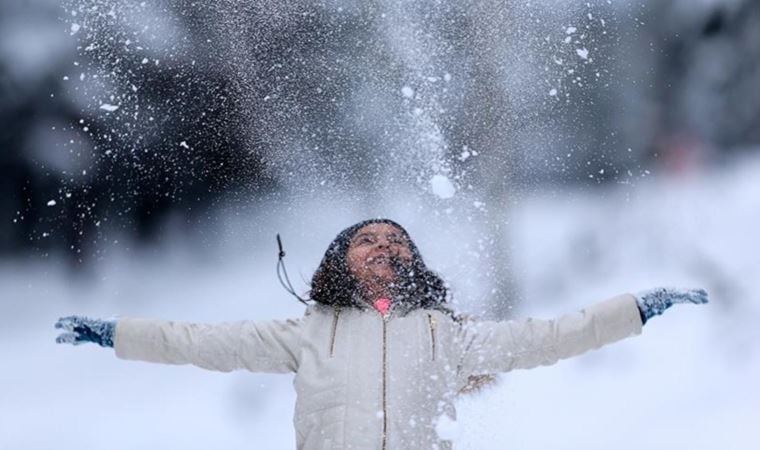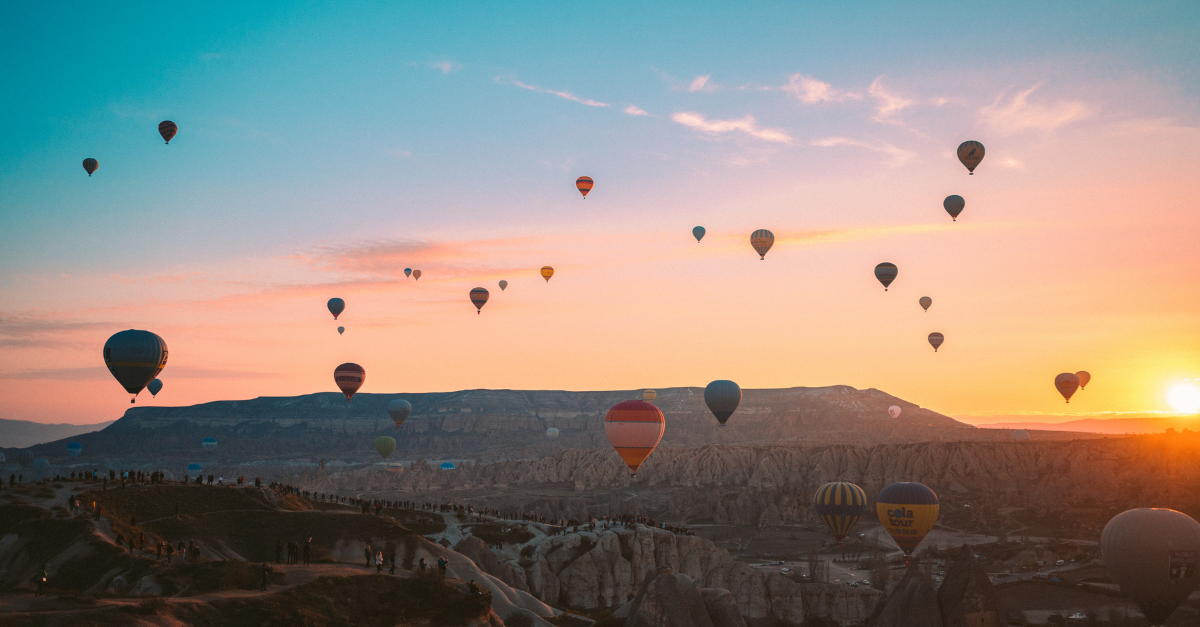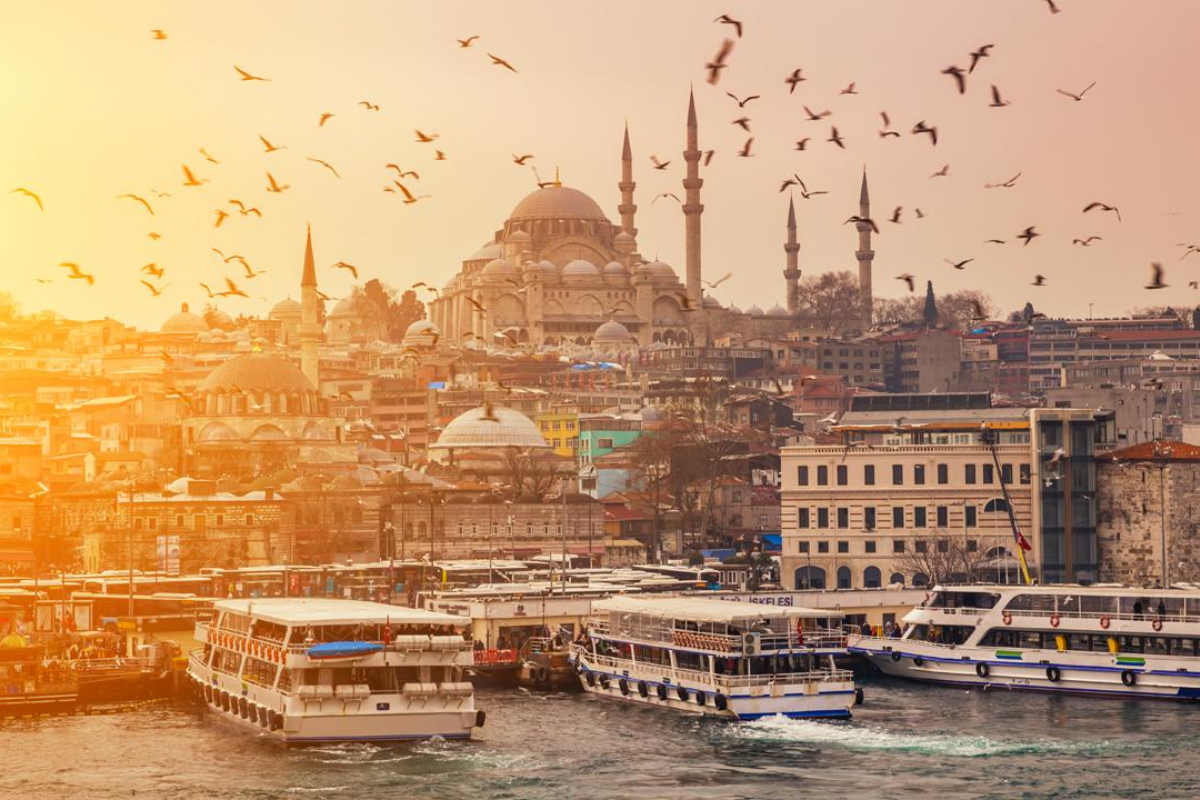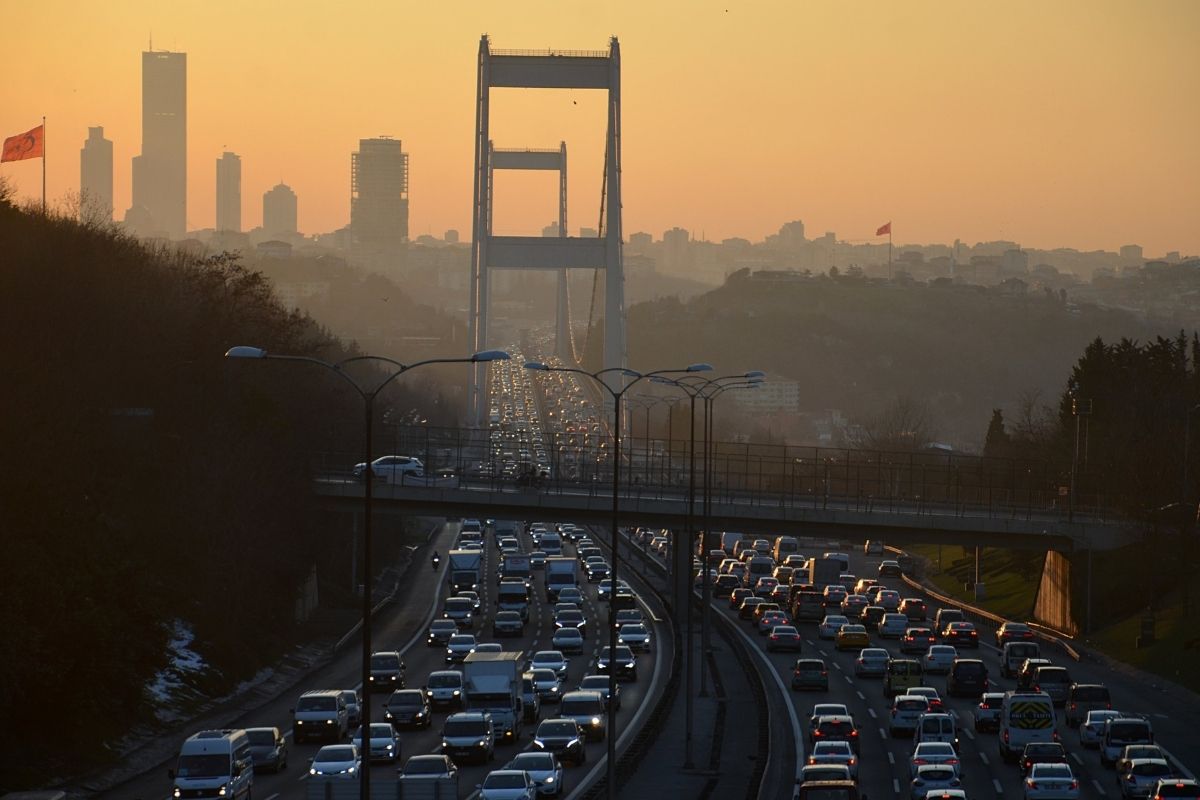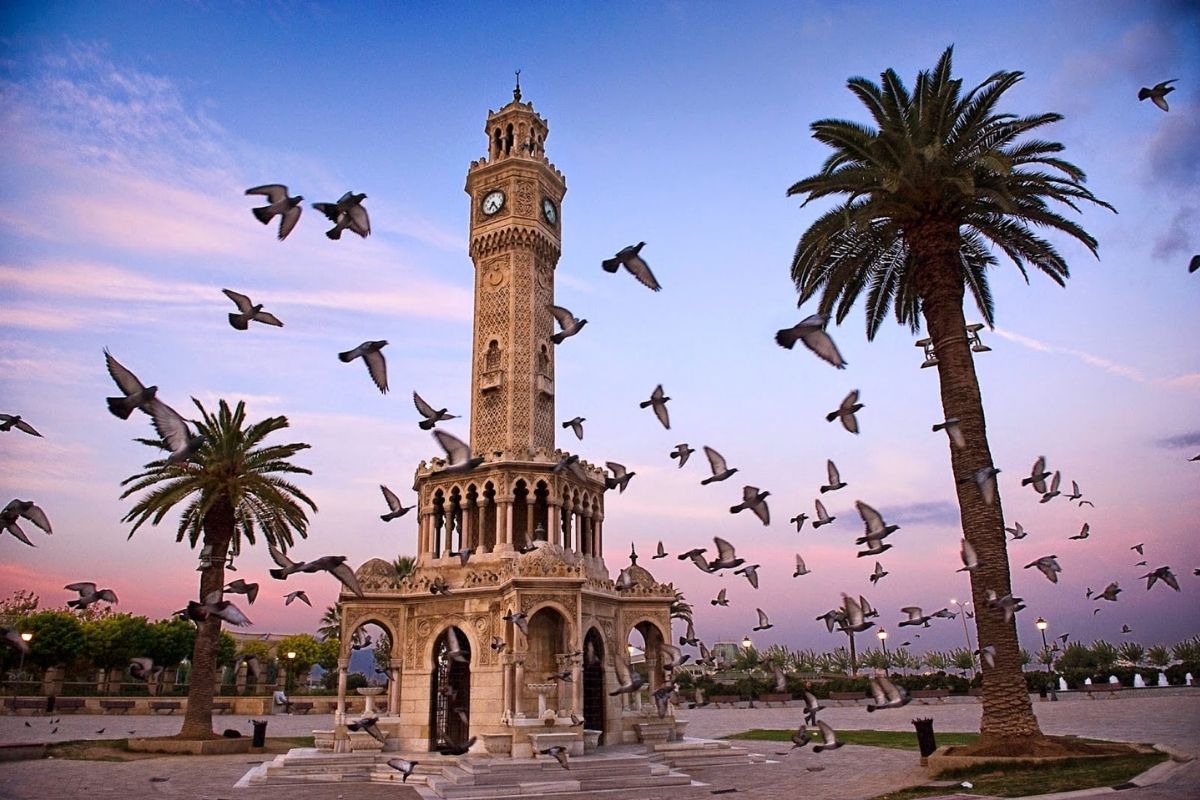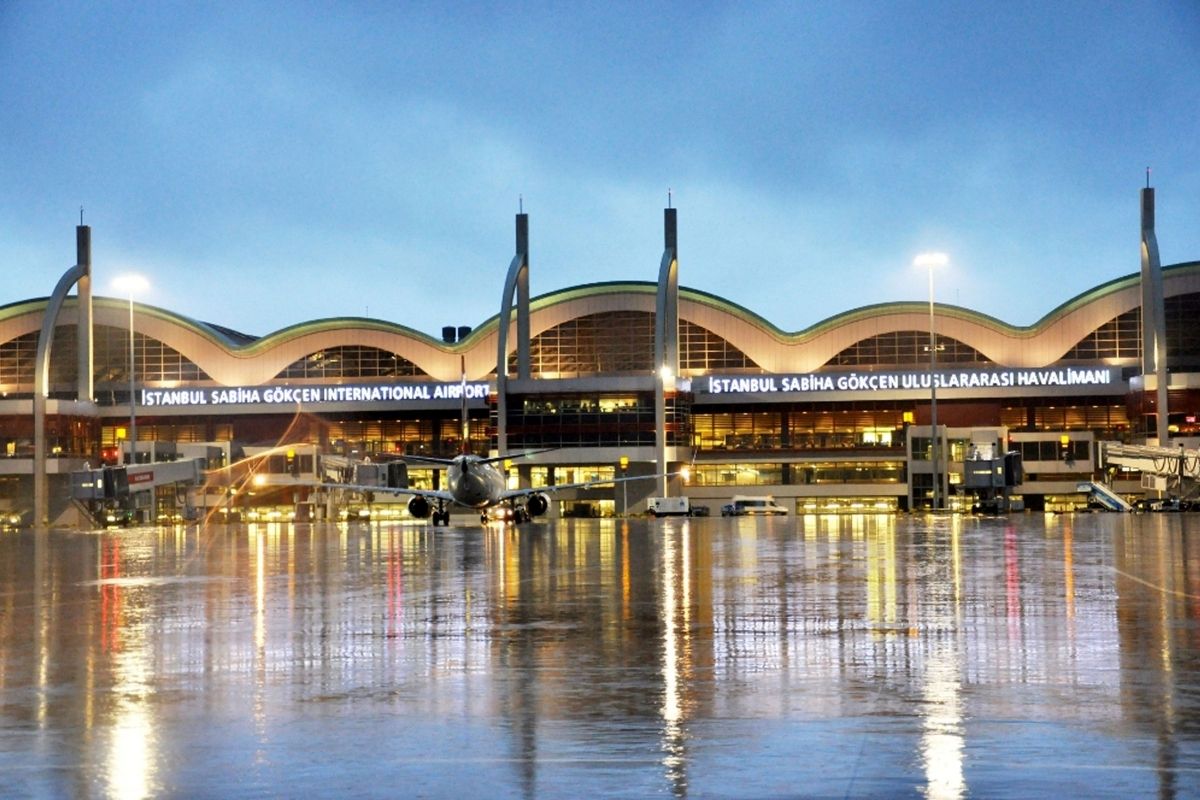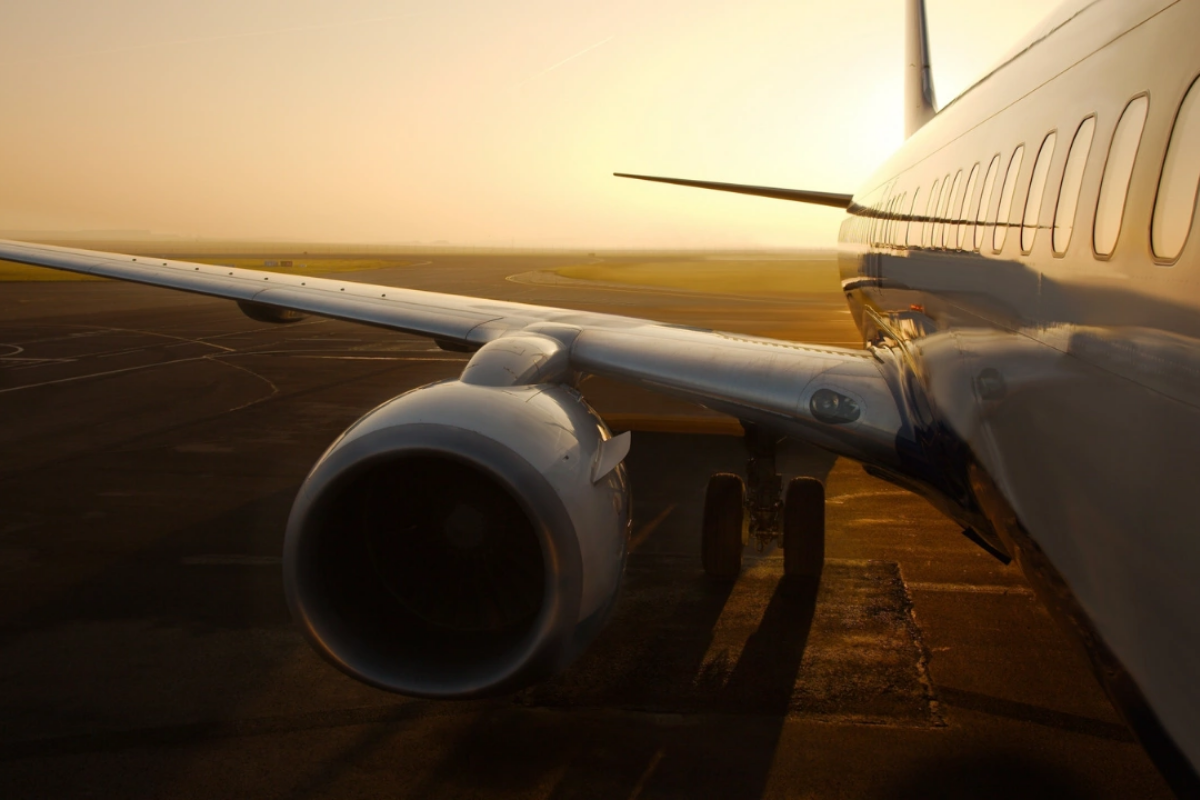Travel Photography for Beginners: Best Tips and Techniques
- Choose the Right Equipment
When practicing travel photography, the equipment you carry is very important. However, carrying too much equipment can be cumbersome. For beginners, we recommend the following essential gear:
- Compact DSLR or Mirrorless Camera: Easy to carry and allows you to take high-quality photos.
- Lens Selection: A standard zoom lens (18-55mm) could be ideal for beginners. Also, you can choose a wide-angle lens for landscape shots and a 50mm f/1.8 for portraits.
- Tripod: Using a tripod for low-light conditions or long exposure will help you take sharp and high-quality photos.
- Make the Most of Light
Light is one of the most important elements of photography. It's crucial to learn how to make the best use of natural light while traveling. Here are some tips:
- Golden Hour: During sunrise and sunset, the light is softer and warmer. Taking photos at these times will add a magical atmosphere to your pictures.
- Shadows and Light Play: Especially around noon, high-contrast light can add dramatic effects to your photos. Don’t be afraid to experiment with light.
- Learn Composition Techniques
The composition of your photo directly affects its visual impact. Here are some basic composition techniques to keep in mind:
- Rule of Thirds: Divide your photo into three equal parts, and place important elements along horizontal or vertical lines. This makes the photo look more balanced and aesthetically pleasing.
- Leading Lines: Lines in the photo (roads, rivers, railways, etc.) can guide the viewer's eye toward the center of the photo. Incorporating such natural elements into your composition creates more dynamic images.
- Leave Space Between Subjects: By placing your main subject closer to the viewer while positioning other elements in the background or edges, you create a cleaner and more focused composition.
-
Capture Local Culture
One of the most enjoyable aspects of travel photography is the opportunity to capture local culture. People, traditions, and daily life reflect the uniqueness of each destination. Reflecting these elements in your photos helps you tell the story of not just landscapes but also human stories. Interacting with locals and taking portrait photos with their permission is a great way to showcase culture. However, it's important to be respectful. -
Find a Good Perspective
A different perspective can make an ordinary scene extraordinary. Instead of taking every photo from a standard angle, try experimenting with various heights and angles. Shooting from a high vantage point, a low angle, or getting closer to objects can create different effects. -
Edit Your Photos Properly
Another important aspect of photography is editing. When you take travel photos, things may not always be perfect. Small adjustments in light, color, or sharpness can improve your photos. However, it’s important not to overdo the edits; try to maintain a natural and authentic look. -
Prepare for Your Trip
Researching the places you’ll shoot, being well-prepared, and being in the right place at the right time can greatly enhance the quality of your photos. Especially in tourist spots, shooting early in the morning or later in the evening helps you avoid crowds. -
Capture the Moment, Not Just the Photo
Travel photography is not just a technical process, it’s also an emotional experience. A good photo doesn’t just reflect composition and light, but also the spirit of the moment. While traveling, focus on feeling the moment and enjoying it as you take the photo. Sometimes, just stopping for a minute to enjoy the view can make your photo much more meaningful. -
Advanced Techniques for Travel Photography
As you gain more experience, you can start learning more advanced techniques:
- Long Exposure: Use long exposure to create stunning photos, especially near water, during nighttime, or with moving crowds.
- Panoramic Photography: To capture vast landscapes, use the panorama mode to create breathtaking landscape photos.
- Be Patient and Practice
Travel photography is an art that develops not only through equipment and technical knowledge but also patience and continuous practice. You may experience failures while taking photos, but every failed photo is an opportunity to learn. The more photos you take, the better you'll get.

